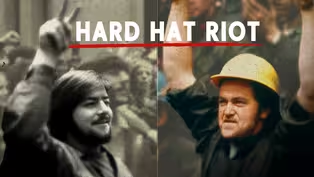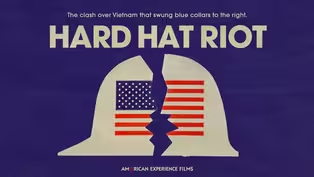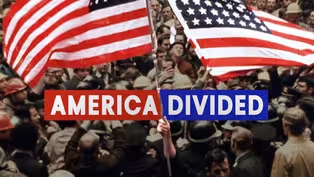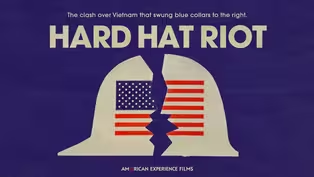
Who Were the Hard Hats?
Clip: Season 37 Episode 5 | 4m 59sVideo has Closed Captions
At the dawn of the 1970s, blue-collar workers were re-shaping New York City's skyline. But they were
At the dawn of the 1970s, blue-collar workers were re-shaping New York City's skyline. But they were also building an America that would leave them behind.
Problems playing video? | Closed Captioning Feedback
Problems playing video? | Closed Captioning Feedback
Corporate sponsorship for American Experience is provided by Liberty Mutual Insurance and Carlisle Companies. Major funding by the Alfred P. Sloan Foundation.

Who Were the Hard Hats?
Clip: Season 37 Episode 5 | 4m 59sVideo has Closed Captions
At the dawn of the 1970s, blue-collar workers were re-shaping New York City's skyline. But they were also building an America that would leave them behind.
Problems playing video? | Closed Captioning Feedback
How to Watch American Experience
American Experience is available to stream on pbs.org and the free PBS App, available on iPhone, Apple TV, Android TV, Android smartphones, Amazon Fire TV, Amazon Fire Tablet, Roku, Samsung Smart TV, and Vizio.
Buy Now
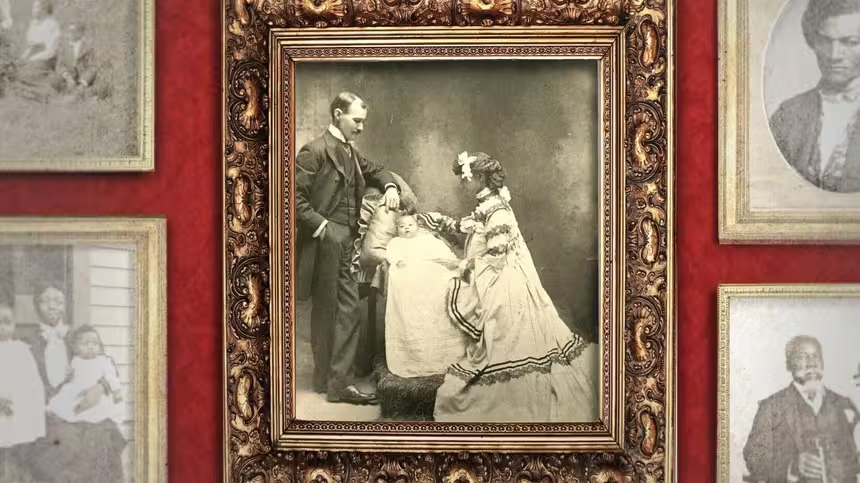
When is a photo an act of resistance?
For families that just decades earlier were torn apart by chattel slavery, being photographed together was proof of their resilience.Providing Support for PBS.org
Learn Moreabout PBS online sponsorshipOver on the World Trade Center, I worked on, the 102nd floor.
So peaceful looking out.
You know.
Growing up in the 60s.
Respecting law enforcement.
Supporting the troops.
That's how you grew up.
I grew up in Woodside, Queens, and we really were a blue collar community.
It was an incredible area to grow up.
I was born in the Bronx.
It was all basically a hodgepodge of working people.
It wasnt a wealthy neighborhood.
There was no rich people there.
The neighborhood I came from was Villa Avenue.
It was three blocks long.
It is all Italian.
Even if you werent Italian, you were Italian to us.
And I didn't even know there was other things besides that.
Bay Ridge was the quintessential working class neighborhood.
Everyone I knew their, their parents were either working on the docks or they were cops, firemen.
The people who were providing the services that kept the city alive.
All the jobs that keep the wheels going.
Those were the jobs held by people in these white ethnic communities.
And the struggle that they went through that most middle class people had no idea about.
Just to make ends meet.
What gave comfort to their lives was family and often church related community.
God and country.
Those are our values.
Those are our values and Im not going to apologize to anyone for those values.
Those are our values.
When there was church on Sundays, it was expected everybody went to mass.
There was the 6:30 mass, the 8:00 mass, the 11:00 mass, the 12:00 mass, and the final 1:00 mass was for the late sleepers.
And every mass would full.
I went to Catholic school from kindergarten, eighth grade, and my mother every year would say the same thing to sister so-and-so, whoever it may be.
If he gets out of line, just smack him around a little bit and I say, mom, you don't have to tell them that.
They do it automatically.
I was five years old when I went into first grade.
And when I was up there, they teach you the Pledge of Allegiance, you know, and the sister would tell us what to do, hold your hand to your heart and everything.
And as she's saying that the men and women that died for this flag, it just hit me.
And, you know, it just got to me when I started crying and everything.
And that was it.
That kind of cemented me with the flag.
I knew early on that I was going to go into the service.
I thought it was something that you're supposed to do.
And I was 17 years old.
I joined before I graduated high school.
My father was in World War II veteran.
My uncles were World War II veterans.
For that family, we had a pretty good number of us.
that went.
My brother was in the Korean War.
My stepdad was in World War II.
You know, we grew up that you support the United States of America.
Hard hat.
Hard is is the right word.
This is a tough industry to to work in.
Over on the World Trade Center.
You could trip and fall out, believe me, they had no barriers and they had no, safety lines for you.
You held on for dear life.
Youre working on cooling towers on a building thats fifty stories high and the winds blowing.
And its wintertime.
And its sleeting and youre working outside.
There was never any of this thoughts that you're going to be something beyond that sanitation worker, or that's what we lived.
The goal in our neighborhood was to get a city job.
Or construction, you know.
And my father, he was a laborer.
So I went towards the construction end of it.
The trades, all the trades were always father, son.
After this job is over, maybe, 15 years from now, I'll bring my children back here, my three sons, and I'll show them what we built here.
You know when you work hard and you finish up a day's work, it's nice to look up in the air, say, wow, we did a great job here.
I feel very proud of it.
I'll be honest with you.
We left our mark on New York City and the construction industry.
For more watch Hard Hat Riot, from American Experience.
The 1970 Riot that Split America
Video has Closed Captions
Clip: S37 Ep5 | 3m 47s | What was The Hard Hat Riot? (3m 47s)
Video has Closed Captions
Preview: S37 Ep5 | 8m 55s | Watch a preview of Hard Hat Riot. (8m 55s)
How the Hard Hat Riot Predicted Today's Culture Wars
Video has Closed Captions
Clip: S37 Ep5 | 4m 13s | In December 1969, the United States Selective Service conducted its first draft lottery since World (4m 13s)
Video has Closed Captions
Preview: S37 Ep5 | 1m 38s | Watch a preview of Hard Hat Riot. (1m 38s)
Providing Support for PBS.org
Learn Moreabout PBS online sponsorshipSupport for PBS provided by:
Corporate sponsorship for American Experience is provided by Liberty Mutual Insurance and Carlisle Companies. Major funding by the Alfred P. Sloan Foundation.


